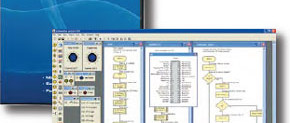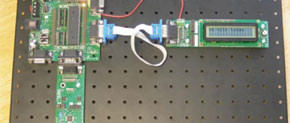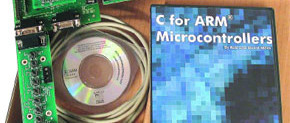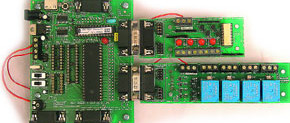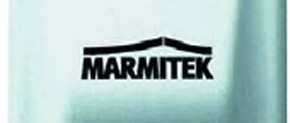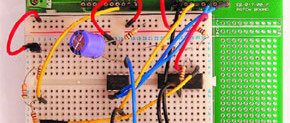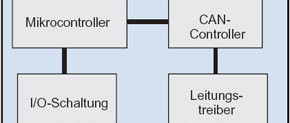| A new version of Flowcode for E-blocks has just been released — version 3. This is more than a simple upgrade: Flowcode has matured into a n...
More about E-Blocks (32)
| E-blocks are like Lego bricks — you can piece them together to make all different kinds of shapes and structures. The modules are perfect fo...
| With the introduction of an ARM-based development board, there are now three E-blocks processor platforms to choose from: PIC, AVR and ARM....
| If you are a habitual user of PLCs (programmable logic systems) then you may be frustrated with the fact that you are paying in excess of £...
| Home automation is a popular topic for many readers and in this article we describe how to take advantage of the popular X-10 Power Line Car...
| Many readers have asked how they can make their own E-blocks. This month we take a look at some options on making your own prototype E-block...
| In last month’s article on making a sound waveform we used the E-blocks SPI bus D/A and memory board to generate a sound waveform of around...
| Many of you may be familiar with using the A/D inputs of the PIC microcontroller but using D/As is less common. This short article examines...
| The CAN bus is a resilient, high data rate bus for communicating between electronic devices in situations where high data reliability is req...
| Many readers who have bought a starter kit asked us about the rest of the E-blocks. There are quite a lot of them and it would be tedious if...


